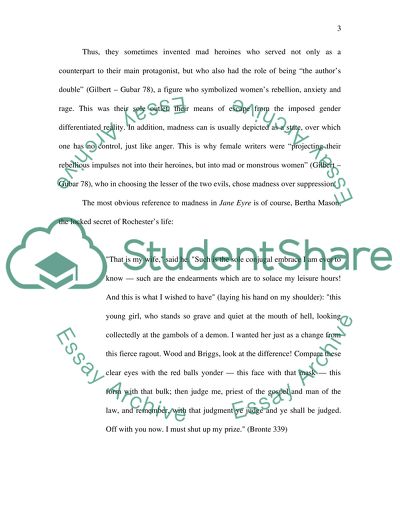Cite this document
(“Gender, Madness and Class in Jane Eyre Research Paper”, n.d.)
Retrieved from https://studentshare.org/literature/1425348-literature-research-paper
Retrieved from https://studentshare.org/literature/1425348-literature-research-paper
(Gender, Madness and Class in Jane Eyre Research Paper)
https://studentshare.org/literature/1425348-literature-research-paper.
https://studentshare.org/literature/1425348-literature-research-paper.
“Gender, Madness and Class in Jane Eyre Research Paper”, n.d. https://studentshare.org/literature/1425348-literature-research-paper.


